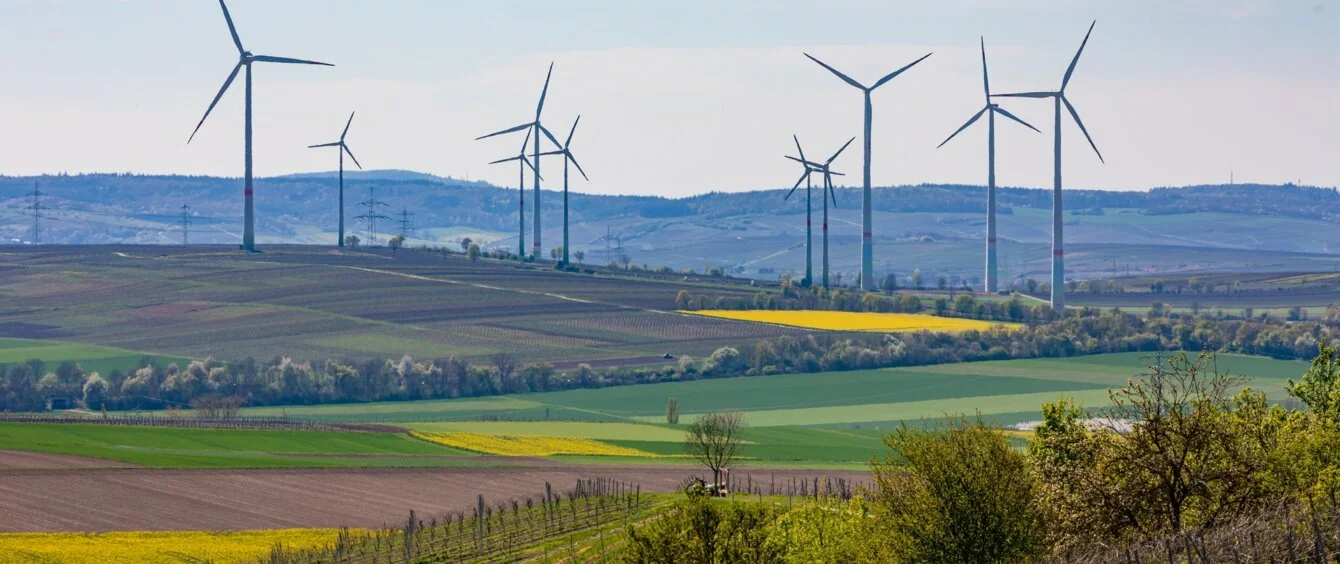What if? This is a question decision-makers in business and politics constantly ask themselves when it comes to the energy transition. And it’s usually quite difficult to answer as it’s a highly complex topic and affects a wide range of sectors. Every action can have effects lasting far into the future. So wouldn’t it be great to be able to weigh all variables up front?
Well, this is precisely what scientists at Swiss research centre Paul Scherrer Institute (PSI) and Columbia University in the USA developed a computer-based simulation to do. The tool is capable of combining various economic, technological, societal, geophysical and political variables. This results in 4,000 potential scenarios depicting the energy transition pathway through to 2100.
The researchers combined a whopping 72,000 economic, technological, societal, geophysical and political variables in a mammoth file. It contains 4,000 scenarios sketching out the course of the energy transition in various regions around the globe through to 2100. The results were recently presented in an article published in trade magazine Energy Policy.
We considered 18 factors of uncertainty, including population and economic growth, climate sensitivity, resource potential, effects of changes in agriculture and forestry, the cost of energy technologies, and the decoupling of energy demand from economic development. James Glynn, Head of the Energy Systems Modelling Program at Columbia University
Algorithm computes most likely development
The simulation is based on the Monte Carlo method, which is used in probability theory. The researchers developed an algorithm capable of determining the most likely result of a combination of variables. In addition, they created four groups of scenarios.
For each of the four scenario groups, the scientists calculated a series of combinations of variables outlining the most likely energy transition path.
2C_SSP2 assumes a global warming target of no more than two degrees Celsius through to 2100.
2DS_SSP2_DA30 consists of Group 1, with additional climate measures being taken from 2030 onwards.
1p5c_OS_SSP2 simulates what will happen if the 1.5 degree goal continues to be pursued.
BASE_SSP2 is the refence scenario and describes the outcome of continuing with the current measures.
Models reveal need for significant investment
The upshot is that hitting the Paris 1.5 degree target urgently requires “unprecedented and extensive climate policy measures along with investment in climate-friendly technologies.”
This would increase costs incurred for the energy system through to 2050 by up to 85 percent. A major portion would have to be invested in developing and emerging countries. The scientists claim this enormous expenditure is due to the consequences of 2 degree global warming being at least equally expensive, if not even more costly.
Demand for energy must fall; need for electricity must rise
The simulation is clear on how the energy transition can gather enough steam: through energy efficiency and electrification – across all sectors. Depending on the scenario, primary energy usage will decline by between 10 and 80 percent by 2050, whereas electricity demand will double. Renewable energy must be expanded significantly in order to satisfy this increased need. Based on the model, solar PV will be the most attractive investment target among generation technologies as it is the most competitive technique even when unsubsidised.
1.5 degrees out of reach without hydrogen
Moreover, hydrogen is indispensable in areas that are difficult to electrify such as energy-intensive industry and heavy goods transport: 99 percent of the scenarios indicate a rise in demand for the lightest element on earth. The need for hydrogen is set to peak when further measures are taken to spur the energy transition from 2030 onwards (2DS_SSP2_DA30 scenarios). Green hydrogen produced using electricity from renewables is thus the best option.
An energy system that enables the transition to a zero-carbon economy is capital intensive and requires all players to mobilise resources. [...] Our study provides a well-founded basis for this. Evangelos Panos, PSI Laboratory for Energy Systems Analysis
The model shows that there will be no pat solution for the energy transition as it will require various combinations of measures and technologies. These scenarios differ from one another above all in their investment costs and associated risks.
Photo credit: © reisezielinfo, shutterstock.com
